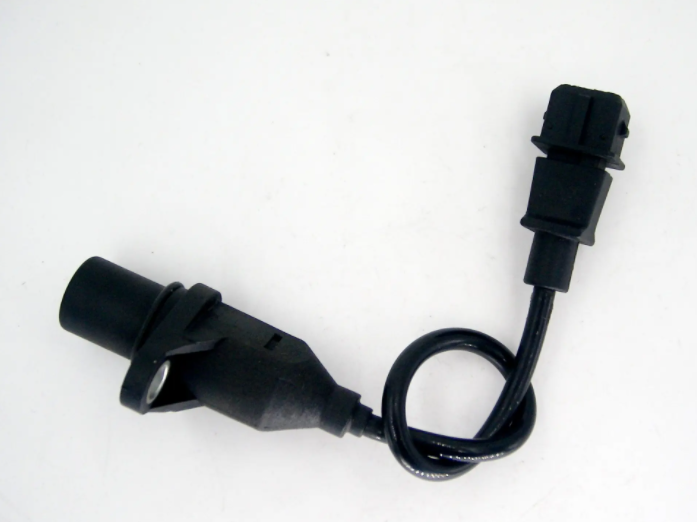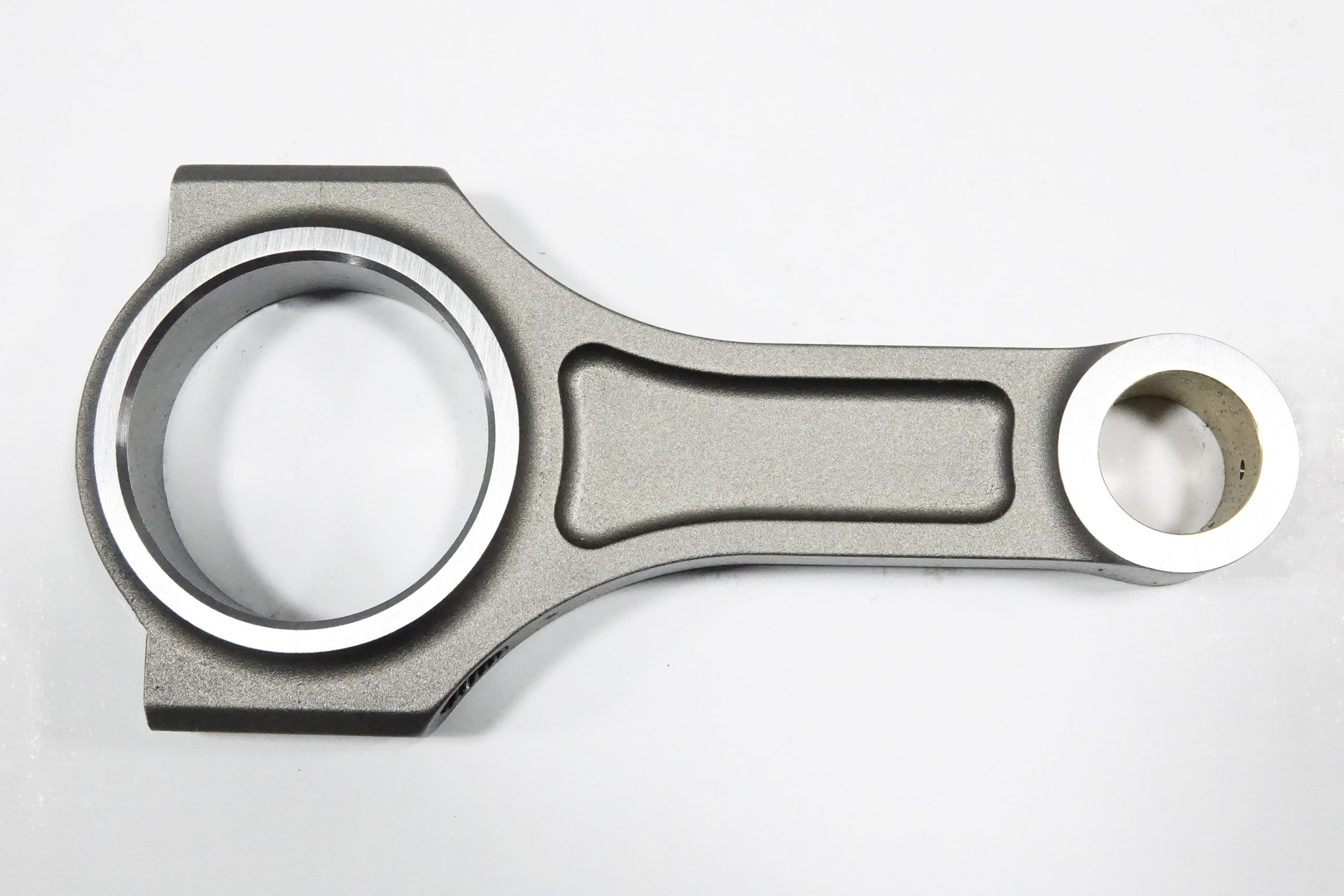The engine management system is a complex web of components working in tandem to ensure your vehicle operates efficiently. One such vital component is the crankshaft position sensor. You might wonder, “what does the crankshaft sensor do?” In this article, we will dive into the role of the crankshaft sensor and its importance in maintaining your engine’s performance.
The Crucial Functions of the Crankshaft Sensor
The primary purpose of the crankshaft position sensor is to monitor the position and speed of the crankshaft as it rotates. This information is relayed to the engine control module (ECM) to adjust fuel injection and ignition timing for optimal engine performance. A properly functioning crankshaft sensor contributes to better fuel efficiency and a smoother ride.

However, if the crankshaft position sensor starts to malfunction, you may experience various issues, such as reduced engine performance and a potential breakdown. Understanding the signs of a bad crankshaft sensor is essential for addressing problems before they escalate.
The Relationship Between Crankshaft Sensor and Connecting Rods
The crankshaft sensor’s information impacts the engine’s performance, including the operation of connecting rods. These critical engine components transfer the piston’s linear motion into the rotational movement of the crankshaft. Efficient connecting rods are vital for smooth engine operation, as they directly influence the engine’s torque and horsepower output.

To dive deeper into crankshaft position sensor symptoms and performance, explore our article, Unraveling the Mystery: Crankshaft Position Sensor Symptoms and Performance.
In conclusion, understanding what the crankshaft sensor does is crucial for maintaining your vehicle’s engine health. A well-functioning crankshaft sensor, coupled with quality connecting rods, ensures optimal engine performance and fuel efficiency. By staying aware of the signs of a bad crankshaft sensor and taking prompt action, you can protect your engine from potentially costly damage.